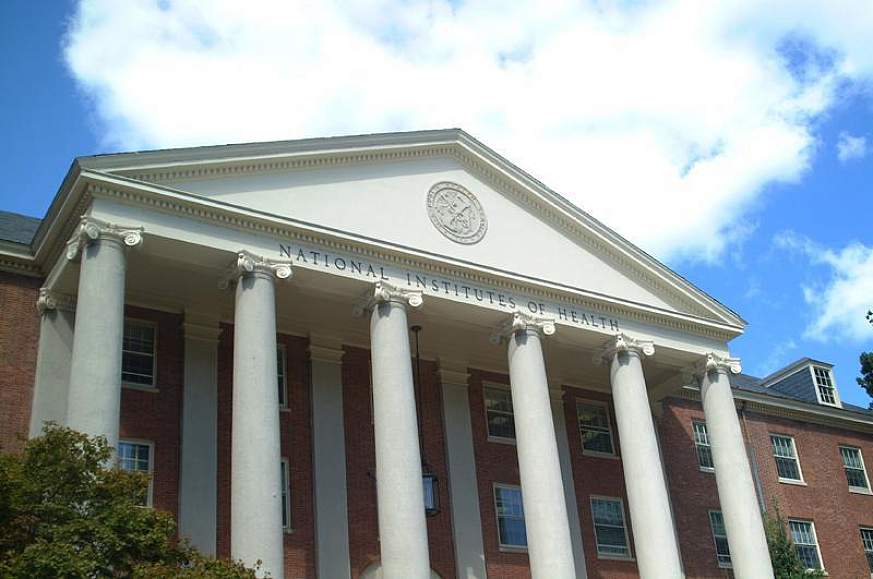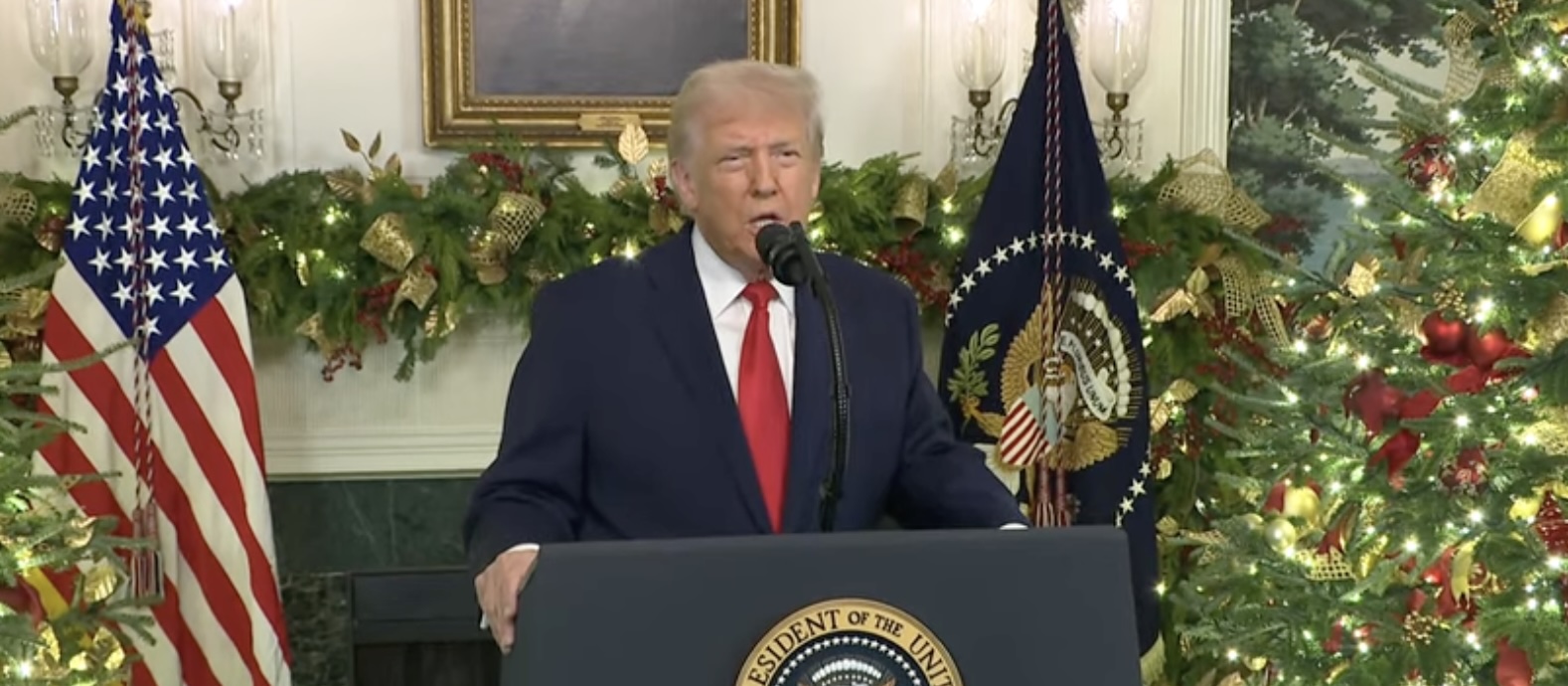Bridging the Gap Between Differing Schools of Thought
PRAY FIRST for leaders and policymakers to approach curriculum decisions with godly discernment and a spirit of service.
Let the word of Christ dwell in you richly, teaching and admonishing one another in all wisdom. Colossians 3:16
The question of who determines what American students should learn remains at the heart of education reform. After decades of debates about local control and federal involvement, the U.S. education system continues to balance two competing priorities: ensuring consistent academic quality nationwide and respecting state and community autonomy. While National Education Reform – Part 1 explored how these governance structures evolved, Part 2 examines how educational quality is measured, what accountability means in a diverse nation, and why this conversation still matters deeply—for students, policymakers, and people of faith.
Going Beyond Standardized Testing
Standardized tests have long shaped both perception and policy. They serve as the primary metric by which states gauge whether students meet the learning standards. According to Education Week, state standards “set the vision for instruction,” and assessments are designed to track progress toward that vision. However, many educators and researchers warn that high-stakes testing can unintentionally narrow curricula by encouraging “teaching to the test,” limiting creativity and deeper learning. This tension has fueled calls for broader measures of success—ones that include problem-solving, collaboration, and civic engagement.
Education experts also argue that quality should not be defined solely by test results. The National Academies of Sciences noted that learning environments emphasizing inquiry, application, and conceptual understanding better prepare students for modern challenges. In other words, reform should not just produce test-takers but lifelong learners who can adapt to technological change and global competition. Measures of progress could also look beyond test scores, such as factors like how many students remain in and/or complete their college education, how well they think critically, and how supported they feel in their learning.
Strengthening Teachers and Classrooms
Expanding the focus beyond standardized testing toward a fuller picture of student learning will likely require stronger teacher preparation and greater flexibility in the classroom. Even the clearest standards can lose meaning without the tools and flexibility educators need to make them work. The Learning Policy Institute found that states investing in professional development and mentorship programs, especially for early-career teachers, saw stronger student outcomes and less turnover. Allowing teachers autonomy to adapt lessons for local relevance can also improve engagement without sacrificing rigor. In this way, accountability becomes less about compliance and more about capacity.
Technology and the Evolving Education Environment
Technology adds yet another layer to the discussion. Online platforms and digital learning resources have made high-quality curricula available to districts regardless of geography, helping bridge opportunity gaps. These tools can also widen disparities for students in areas with limited broadband access or fewer technological resources. Hybrid learning models highlight the assurance and risks of decentralized systems: flexibility supports innovation, but uneven implementation can widen disparities. As the Brookings Institution (2022) observes, the U.S. must balance experimentation with cohesiveness by empowering local communities while maintaining shared academic expectations that ensure no child’s education depends solely on their ZIP code.
International and Local Realities
Comparatively, countries like Finland, Singapore, and Canada employ national frameworks that emphasize teacher autonomy within broad, shared standards. These nations often outperform the U.S. on international assessments like PISA (Programme for International Student Assessment), suggesting that alignment and confidence among educators can coexist. However, America’s scale and cultural diversity complicate simple comparisons. A fully nationalized system could risk overlooking local history, regional economies, or community priorities that give public education its local flavor.
Federal Action on Education
In 2025, the federal government made significant strides in integrating technology, particularly artificial intelligence (AI), into the nation’s educational reform efforts. Executive Order 14277 signed by President Donald Trump launched a national initiative to promote AI education across K–12 schools. This order was designed to prepare American students for an AI-driven future by encouraging early exposure to AI concepts and tools, ensuring the U.S. remains competitive in global innovation.
To support this initiative, the White House established a Task Force on AI Education. This group was charged with developing strategies to implement AI learning nationwide, including launching a Presidential AI Challenge to engage students in hands-on projects and fostering partnerships between schools and tech companies. Together, these efforts are designed to make AI education more accessible and impactful, especially in underserved communities.
The U.S. Department of Education also issued new guidance in 2025 to help schools responsibly adopt AI technologies. This includes clarifying that federal grant funds can be used for AI-related programs and encouraging districts to incorporate AI into teaching, assessment, and school operations. However, traditional funding streams for educational technology have become less predictable, prompting schools to seek alternative sources such as private foundations and nonprofit grants to sustain innovation.
Together, these federal actions reflect a broader commitment to embedding technology into the fabric of American education—not just as a tool for learning, but as a foundation for future careers and civic engagement. The emphasis on AI signals a shift toward preparing students to be creators and leaders in the digital age.
Ethical Aspects of Educational Reform
These tensions make the question of reform not just administrative but moral. As one American Institutes for Research report observed, academic expectations can differ dramatically between states, meaning that two students with similar abilities might graduate with vastly different levels of preparation. This inequity—born not of effort but of geography—raises enduring questions about fairness, opportunity, and shared responsibility. Scripture reminds us that “whatever you do, work heartily, as for the Lord and not for men” (Col 3:23, ESV). Pursuing excellence in education is one way communities can honor both their local uniqueness and their role in shaping curious, capable, and compassionate future citizens.
Why It Matters and How We Can Respond
Curriculum debates can seem abstract, yet they directly influence how children think, create, and contribute to society. Education is not only about information but about formation—helping students discern truth, empathy, and purpose. As followers of Jesus, this means caring about how knowledge shapes character and community life. Philippians 4:9 reminds believers, “What you have learned and received and heard and seen in me—practice these things, and the God of peace will be with you.” When education nurtures both intellect and integrity, it becomes an act of stewardship, preparing future generations to lead wisely and serve compassionately.
We can also model how to engage these issues with grace. Rather than viewing curriculum disputes as partisan battlegrounds, we can promote thoughtful dialogue grounded in humility. Titus 2:7–8 urges us to be “an example of good works… sound in speech that cannot be condemned.” This approach invites collaboration over confrontation—helping communities find common ground in a shared desire for excellent education.
Education reform will always be complex because it sits at the crossroads of identity, opportunity, and values. Whether standards are set nationally or locally, the goal remains the same: to prepare every child to think deeply, act compassionately, and contribute meaningfully. Let’s support this effort by praying for wisdom, pursuing understanding, and engaging our communities with humility and hope. The next generation’s classrooms are more than spaces for instruction. They are the places where faith, intellect, and citizenship take root.
HOW THEN SHOULD WE PRAY:
— Pray for teachers and school staff to feel valued, equipped, and creative as they bring standards to life in the classroom. And so, from the day we heard, we have not ceased to pray for you, asking that you may be filled with the knowledge of his will in all spiritual wisdom and understanding, so as to walk in a manner worthy of the Lord, fully pleasing to him: bearing fruit in every good work and increasing in the knowledge of God; being strengthened with all power, according to his glorious might, for all endurance and patience with joy. Colossians 1:9-11
— Pray for students and families to seek truth, perseverance, and curiosity as they learn. An intelligent heart acquires knowledge, and the ear of the wise seeks knowledge. Proverbs 18:15
CONSIDER THESE ITEMS FOR PRAYER:
- Pray for those building technology in education to design it to serve as a bridge to learning, not a barrier to it.
- Pray for respectful collaboration among educators, lawmakers, and parents.
- Pray for communities to remember that every student is created with purpose and potential.
Sources: American Institutes for Research, Brookings Institution, National Institute for Excellence in Teaching, U.S. Department of Education, National Center for Education Statistics, Learning Policy Institute, Education Week, White House, Ai.Gov, University of California Santa Barbara, The American Presidency Project









